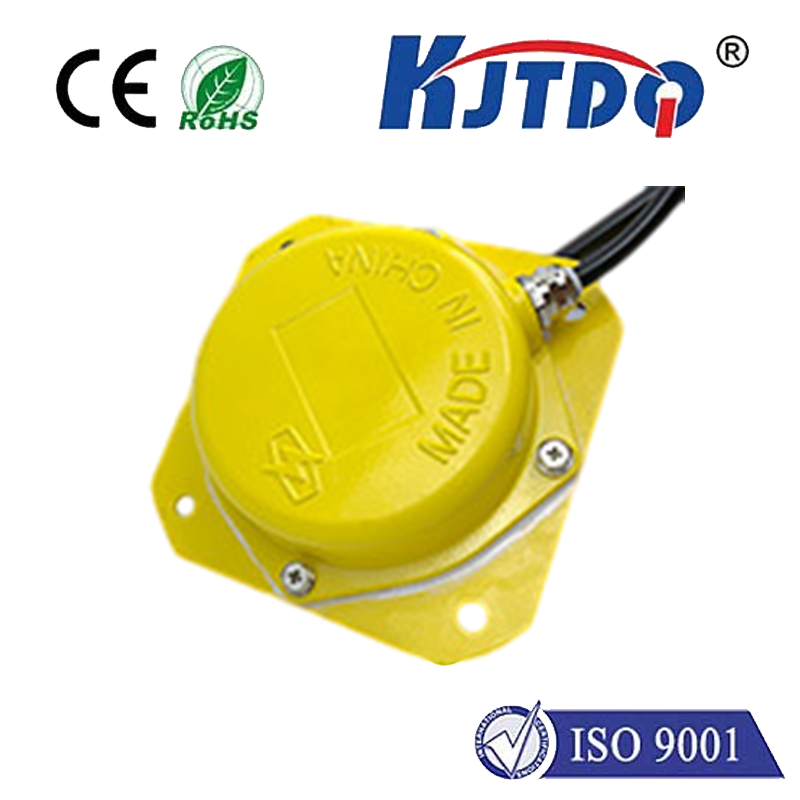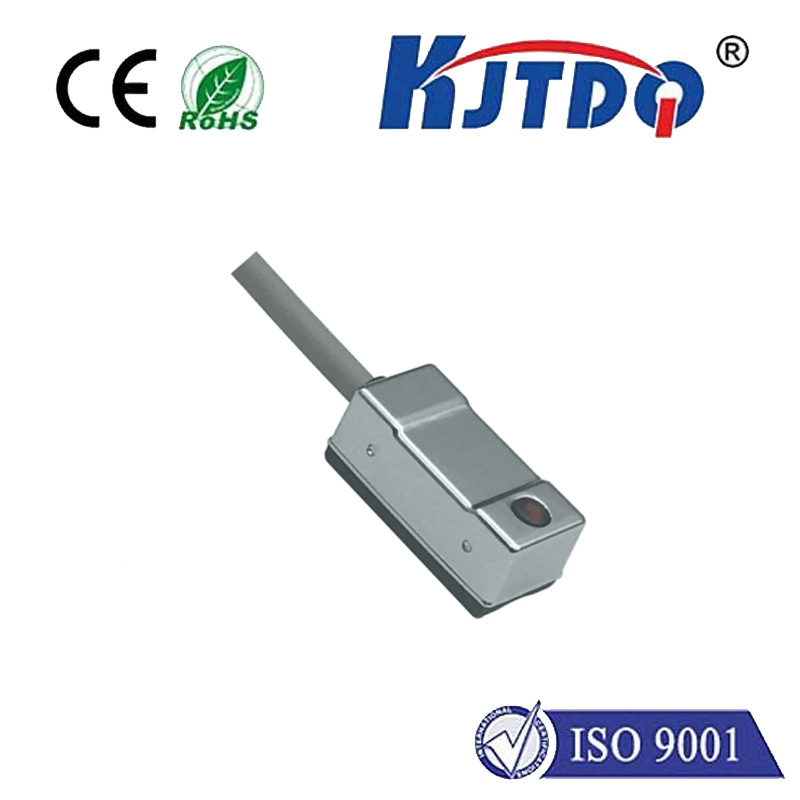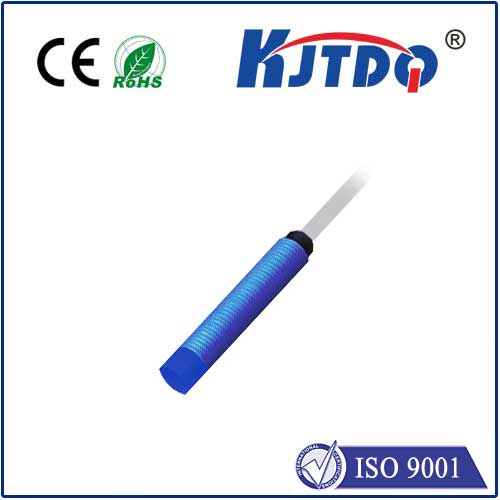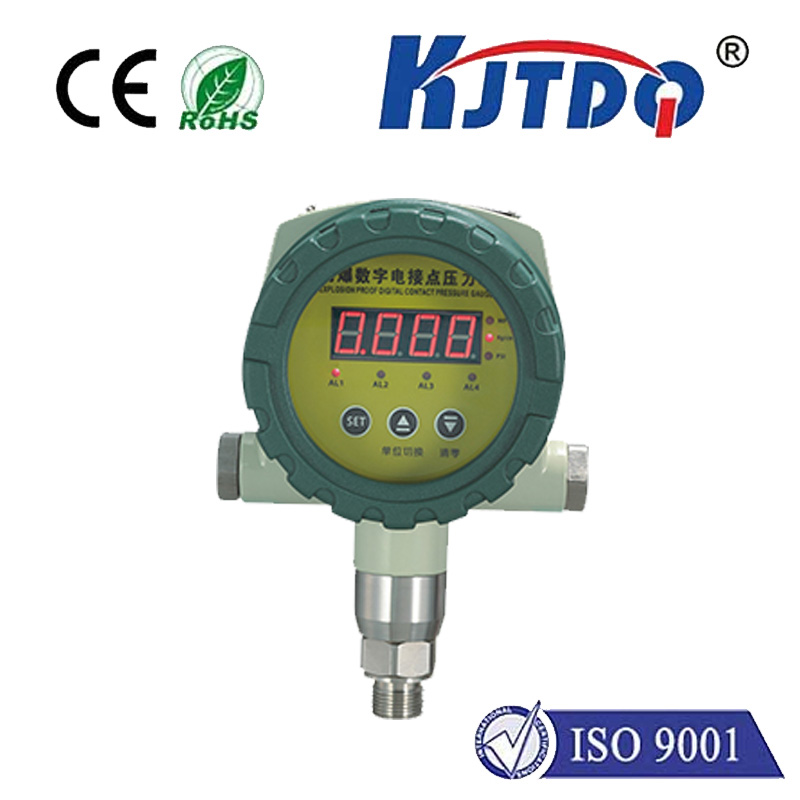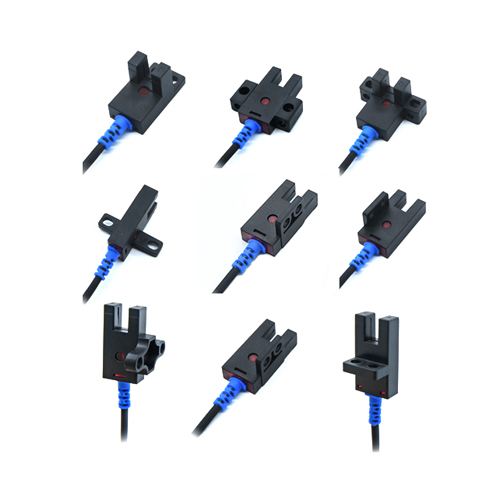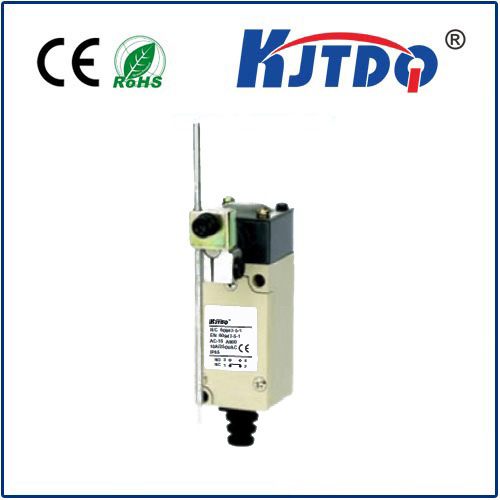optical flow sensor
- time:2025-09-14 03:05:06
- Click:0
The Optical Flow Sensor: Powering Smart Vision in Robots and Beyond
Imagine a tiny drone hovering perfectly still despite a gentle breeze, a robot vacuum seamlessly navigating the cluttered floor under your sofa, or a computer mouse tracking your frantic movements with pixel-perfect precision. What enables this seemingly intuitive understanding of motion? Often, the unsung hero is the optical flow sensor. This compact marvel translates visual changes into precise motion data, acting as the digital equivalent of an insect’s compound eyes, empowering a vast array of intelligent devices to “see” and react to movement.
Unpacking Optical Flow: More Than Meets the Eye
At its core, optical flow is the pattern of apparent motion of objects, surfaces, and edges in a visual scene caused by the relative motion between an observer (like a sensor) and the scene. An optical flow sensor is a specialized device designed to detect and measure this pattern. Unlike complex cameras capturing rich image detail, these sensors focus specifically on tracking changes in pixel intensity over time to calculate speed and direction. Think of it as analyzing a stream of images, frame by frame, and meticulously noting how each tiny speck of light moves from one snapshot to the next.
How Does an Optical Flow Sensor Work? The Ingenious Process
The magic happens through a fascinating sequence:

- Image Capture: A small integrated lens focuses light onto a low-resolution image sensor (often just tens or hundreds of pixels), creating a grayscale “snapshot” of the surface below or in front of the sensor.
- Time-Lapsed Imaging: The sensor continuously grabs these snapshots at a high frame rate (thousands per second).
- Motion Detection (The Core): Sophisticated on-chip processing compares consecutive image frames. It analyzes shifts in patterns of pixel intensity – essentially asking, “Where did this specific group of dark and light pixels move to in the next frame?”
- Velocity Calculation: By determining how far these pattern blocks (correlation windows) moved (in pixels) and knowing the time interval between frames, the sensor calculates the motion vector – the speed (pixels per frame or per second) and direction (X and Y components) of the movement relative to itself.
- Output: The sensor typically outputs this motion data as Delta X (ΔX) and Delta Y (ΔY) displacement values, often combined with surface quality information, via a digital protocol like I2C or SPI.
This process happens incredibly rapidly, providing low-latency motion feedback crucial for real-time control systems.
Where Optical Flow Sensors Shine: Key Applications
The unique capabilities of optical flow sensors have made them indispensable across diverse fields:
- Drone Stabilization & Navigation: This is perhaps the most iconic application. Optical flow sensors mounted on drone undersides measure ground movement. Flight controllers use this data, often fused with gyroscopes and accelerometers, to enable:
- Position Hold (Hover): Maintaining a steady location without GPS.
- Velocity Control: Precise low-altitude flying, especially indoors or in GPS-denied environments.
- Safe Landing: Detecting descent speed relative to the ground.
- Robotics Navigation & Odometry: From robo-vacs to sophisticated autonomous mobile robots (AMRs), optical flow sensors provide vital relative motion data. They allow robots to:
- Detect wheel slippage on difficult terrain.
- Perform dead reckoning (estimating position based on movement) when absolute positioning (like GPS) is unreliable or unavailable.
- Navigate complex, unstructured environments by tracking movement relative to the floor or surrounding surfaces.
- Precision Optical Mice: Gaming and high-performance mice leverage optical flow sensor technology (often called optical mouse sensors) to achieve incredibly accurate tracking on a wide variety of surfaces without needing a physical mousepad grid.
- Industrial Automation & Motion Control: Used in equipment like:
- Automated Guided Vehicles (AGVs) and forklifts for precise maneuvering.
- Conveyor belt speed monitoring.
- Machinery vibration analysis.
- Handheld scanners for measuring linear displacement.
- Gesture Recognition & User Interfaces: Integrated into devices to detect simple hand or finger movements over a surface for control purposes.
- Virtual Reality (VR) & Augmented Reality (AR) Controllers: Providing fine-grained tracking of controller movement.
The Core Advantages: Why Choose Optical Flow Sensors?
Optical flow sensors offer compelling benefits that make them ideal for many motion-sensing tasks:
- Compact Size & Low Cost: They are significantly smaller and generally cheaper than complex vision systems or multiple large sensors.
- Low Power Consumption: Essential for battery-powered devices like drones and mice.
- High Speed & Low Latency: Real-time motion feedback is critical for responsive control systems.
- Relative Motion Accuracy: They excel at measuring change in position relative to a surface, often with high precision.
- Simplicity of Integration: Typically requiring minimal external components and offering straightforward digital interfaces, they are relatively easy to integrate into electronic designs.
- Works on Diverse Surfaces: Modern sensors are designed to function effectively on many common materials (though performance varies).
Understanding the Limitations: Not a Silver Bullet
While powerful, optical flow sensors aren’t perfect. Key limitations include:
- Requirement for Textured Surfaces: They rely on visual features to track. Very smooth, uniform, transparent, or highly reflective surfaces (like blank glass, polished metal, or deep-pile carpet) can cause tracking failures or reduced accuracy.
- Sensitivity to Lighting Conditions: Extreme darkness, very high glare, or rapidly changing lighting can interfere with the sensor’s ability to capture consistent images.
- Motion Blur: Extremely high-speed movement relative to the sensor’s frame rate can cause blurring, degrading accuracy.
- Height Dependency: Performance generally degrades as the distance to the surface increases, as the apparent feature size decreases.
- Relative Motion Only: They measure motion relative to the surface they are observing. They don’t provide absolute positioning (like GPS) unless fused with other sensors or systems. Moving surfaces will confuse an optical flow sensor on a stationary device.
The Future Flow
Advancements in optical flow sensor technology continue. We see trends towards even lower power consumption, higher resolution sensing for improved accuracy over varying heights, better performance on challenging surfaces, and increased resistance to lighting variations. Integration with other sensors (IMUs, ToF sensors) in sophisticated fusion algorithms will further expand their capabilities and robustness, cementing their role as fundamental building blocks in the ever-evolving world of autonomous systems and intelligent devices. From the palm-sized drone maintaining its hover to the robotic arm reaching with uncanny precision, optical flow sensors quietly orchestrate the dance of motion, making the seamless interaction between machines and their physical world possible.






